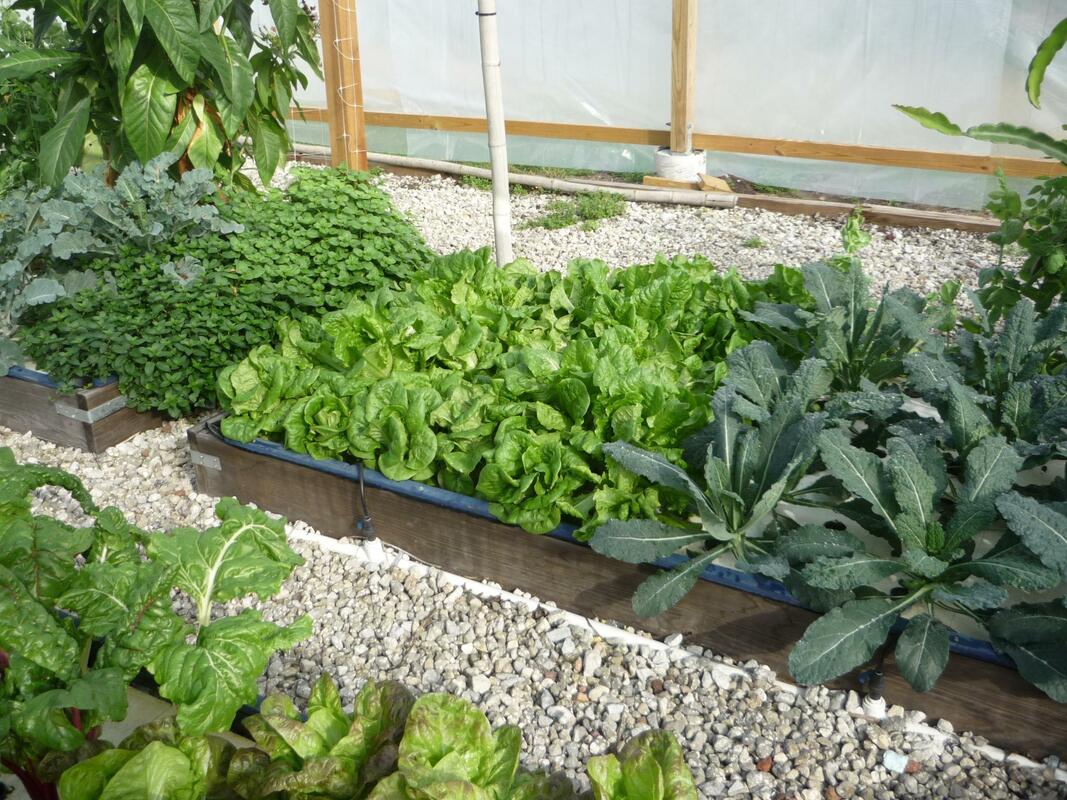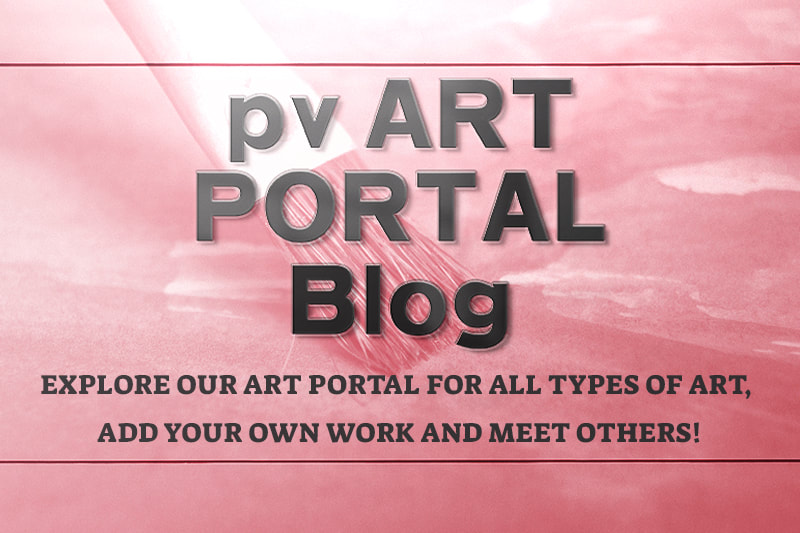|
There are many different ways to grow food in your garden. One of the most sustainable, productive and efficient ways to feed your household from your garden is to set up an aquaponics system. What is Aquaponics?
Aquaponics is a system for growing food that combines traditional fish-keeping (aquaculture) with the practice of growing food in water (hydroponics). In an aquaponics system, nutrient rich, excrement laden water from a fish holding tank or tanks is fed into a hydroponic system and used to grow plants. A well designed aquaponics system can minimise the use of polluting energy sources, water and land and can create a system run on renewables which is far more sustainable than many other forms of food production. Types of Aquaponic System There are various different types of aquaponic system suitable for home growers. These include:
Choosing Fish for an Aquaponic System Tilapia are the best choice for warmer climates while trout are usually regarded as the best choice for those living in cooler temperate zones. However, there are a number of other fish species and other aquatic creatures that could be considered. There is a lot more to learn about aquaponics, but the above should inspire you to discover more and to consider this versatile and sustainable growing system for your garden.
0 Comments
Leave a Reply. |
GROW ORGANIC!
|
|


 RSS Feed
RSS Feed




